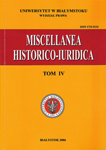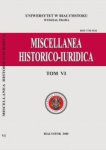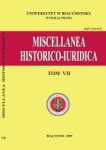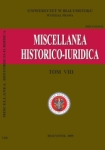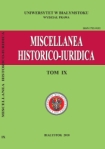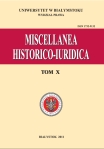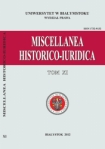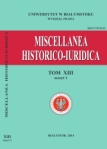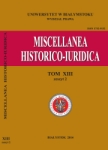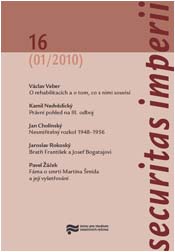
Mezinárodní konference Zločiny komunistických režimů...
Organizer: Ústav pro studium totalitních režimů ve spolupráci s místopředsedou Senátu Parlamentu České republiky MVDr. Jiřím Liškou a s Úřadem vlády České republiky; pod záštitou předsedy vlády Ing. Jana Fišera, CSc. Další spolupráce též partnerské instituce sdružené v Platformě evropské paměti a svědomí. Venue and date: Senate of the Czech Republic and Office of the Government of the Czech Republic, 24-26. February 2010
More...
